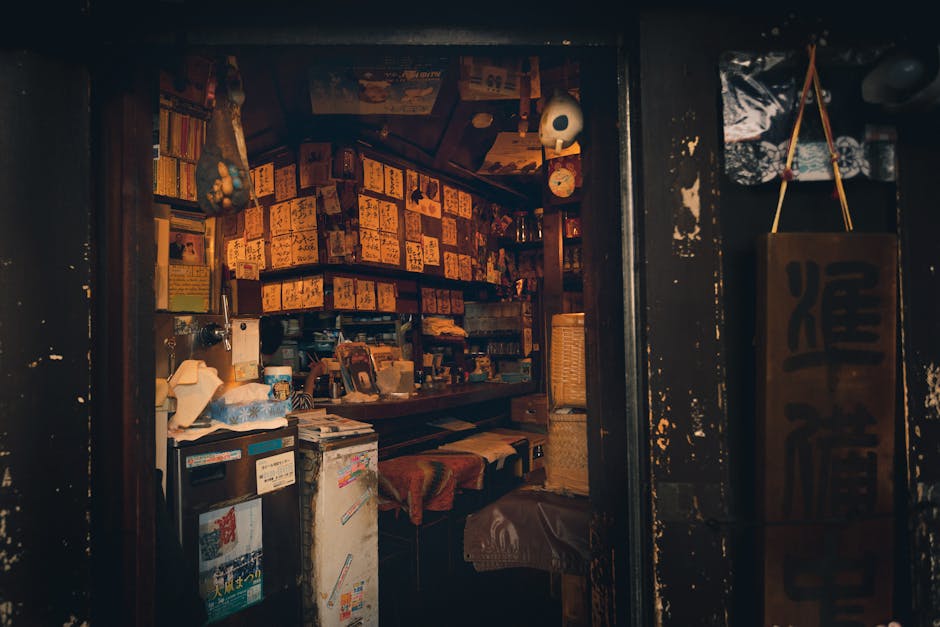Step Back in Time: Experience the Sengoku Period's "Hare no Hi" at Fukui's Ichijodani Culture Festival!

Imagine a time of relentless conflict and dramatic change, where the fate of clans could turn with a single battle. This was Japan's turbulent Sengoku period (Warring States period), an era often romanticized for its samurai, castles, and epic struggles for power. Yet, amidst the chaos, people still found profound ways to celebrate, to connect, and to experience what was known as "hare no hi" – days of special occasion, festivity, and sacred ritual. This autumn, the city of Fukui invites you to journey back to this captivating era with the Ichijodani Culture Festival, a historical event designed to illuminate these vibrant moments of celebration.
As a historian, I find few places as evocative as Ichijodani. It's not merely a ruin; it's a window into a sophisticated world that once thrived.
The Ghost City of Ichijodani: A Glimpse into Sengoku Grandeur
Nestled in the mountains of Fukui Prefecture, the Ichijodani Asakura Family Ruins stand as a testament to the power and cultural refinement of the Asakura clan, who ruled this region for over a century. Unlike many other castles of the Sengoku period, Ichijodani was a sprawling castle town, home not just to the lord's fortified residence, but to the samurai, merchants, artisans, and even common folk who supported it. It was a bustling hub where politics, commerce, and culture intertwined.
The Asakura family, especially the 11th lord Asakura Yoshikage, presided over a golden age here. While surrounded by powerful rivals like Oda Nobunaga, Yoshikage cultivated a refined court, attracting Kyoto nobles, artists, and scholars who sought refuge from the capital's instability. Imagine the drama unfolding within these walls: strategic alliances being forged and broken, the clatter of swords in training, the hushed whispers of tea ceremonies, and the vibrant colors of festivals that punctuated the daily grind. This was a place where military might was paired with exquisite taste, a true microcosm of Sengoku Japan.
However, like all great dramas, Ichijodani's tale ended tragically. In 1573, Oda Nobunaga, fueled by ambition and a desire to unify Japan, launched a devastating campaign. The once-thriving castle town was burned to the ground, its people dispersed, and its grandeur reduced to ash. For centuries, it lay buried, a forgotten city, until archaeological excavations began to unearth its secrets, revealing remarkably preserved streets, residences, and gardens.
"Hare no Hi": Celebrating Life Amidst Chaos
The core theme of the Ichijodani Culture Festival, "hare no hi," speaks volumes about the human spirit during the Sengoku period. In an era where "ke no hi" (ordinary days) were often defined by uncertainty, hardship, and the omnipresent threat of war, "hare no hi" were vital. These were not just mundane holidays; they were meticulously planned celebrations, deeply rooted in religious beliefs, social custom, and the need for communal joy and artistic expression.
During a "hare no hi," the people of Ichijodani would have set aside their anxieties, donned their finest attire, and participated in events that brought color and meaning to their lives. We can envision lively street parades featuring elaborate floats and costumed performers, echoing ancient Shinto rituals. Martial displays, such as archery contests and mock battles, would have showcased the samurai's prowess and entertained the crowds. Tea ceremonies, far from being merely about drinking tea, were profound artistic gatherings where poetry was recited, and the beauty of seasonal changes was contemplated. Festivals dedicated to local deities, seasonal harvests, or the commemoration of important historical events would have been grand affairs, binding the community together.
These were moments where people could momentarily escape the harsh realities of their existence, find solace in tradition, and reaffirm their cultural identity. They were crucial for maintaining morale, fostering social cohesion, and preserving the rich artistic heritage that continued to flourish even in the face of widespread conflict. The strategies weren't always military; sometimes, they were about cultural resilience.
The Ichijodani Culture Festival: Reliving History in Fukui
The upcoming Ichijodani Culture Festival in Fukui is more than just an event; it's an invitation to immerse yourself in this compelling past. By focusing on the "hare no hi" theme, the festival aims to recreate the festive atmosphere and cultural richness that once characterized this magnificent castle town. Visitors can expect to witness historical re-enactments, traditional performances, and perhaps even participate in workshops that bring Sengoku-era arts and crafts to life. It's an opportunity to walk the very paths where samurai and courtiers once trod, to see the reconstructed residences, and to feel the echoes of a bygone era.
This historical event is a powerful reminder that history is not just about dates and battles, but about the lives of people – their triumphs, their struggles, and their enduring capacity for joy and creativity, even in the most challenging times. By exploring the concept of "hare no hi," the festival allows us to connect with the human drama of the Sengoku period on a deeply personal level, understanding how people sought beauty and meaning in a world defined by change.
So, if you're seeking an experience that transports you beyond the pages of a textbook and into the living, breathing past, make your way to Fukui. The Ichijodani Culture Festival promises an unforgettable journey back to the Sengoku period, offering a unique opportunity to celebrate and understand the "hare no hi" that shaped a pivotal moment in Japanese history.
Comments
Post a Comment